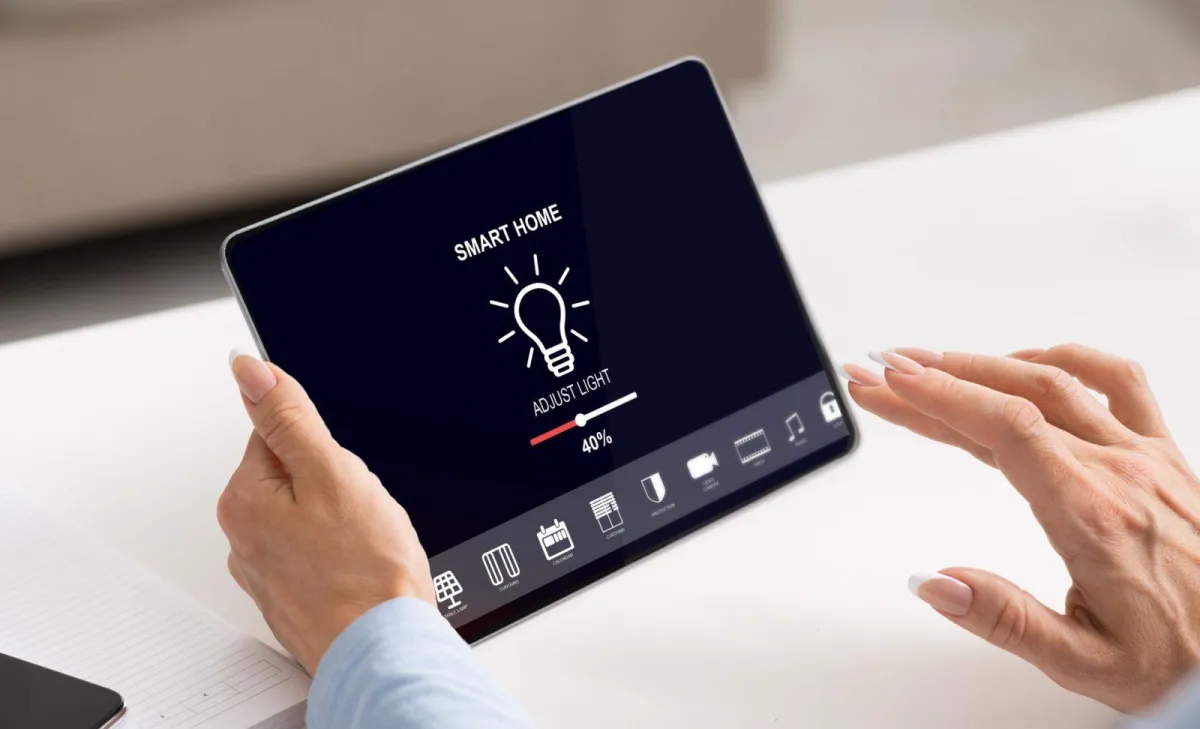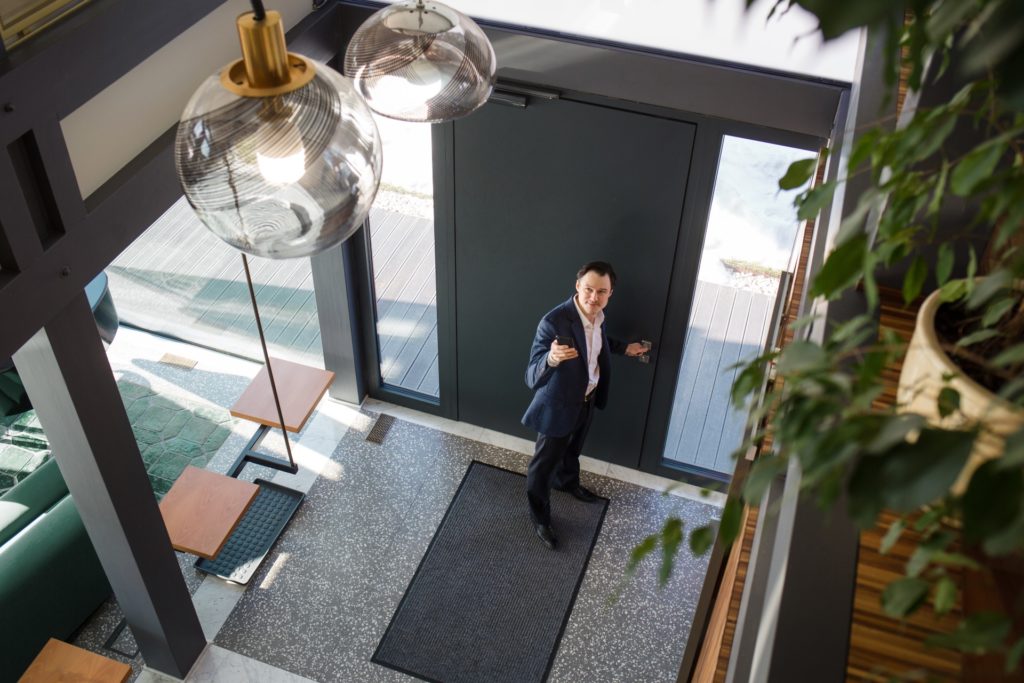
6 Reasons to Invest in a Smart Home Lighting System
Are there any reasons you should consider changing your existing lighting system? So long as you can still switch lights on and off, it feels like too much hassle to swap your fully functional system with a new, smart home lighting system.
Is there something about automated lighting that can change your mind?
Perhaps, the heightening of the comfort of your home convinces you. Or the fact that a smart home lighting system contributes to downsizing your lighting and medical bills too. Or maybe the fact that it could help you make a small difference in the environmental impact of your household is enough to place an order immediately.
Whatever the reason, automated lighting is such an impressive addition to homes. In fact, we couldn’t help compiling a list of the multiple reasons to invest in home lighting automation systems.
A Short Introduction to the Smart Home Lighting System
We should take a moment to explain the mechanism behind smart lighting.
You can control a conventional lighting system via the light switches located on the walls. However, what separates a standard lighting bulb from a smart one is the mechanism that allows you to manipulate the lights.
You can operate the smart lights remotely, from an app or a voice assistant, thus determining the redundancy of the switches. Furthermore, lighting automation systems usually integrate more functionalities, giving you more control over the lights in your home.
The Benefits of Owning a Smart Home Lighting System
To shine more light on what makes lighting home automation a good investment, we have collected a brief list of benefits that accompany this new technology.

Remote Light Control Through App or Voice Control
Since smart lighting doesn’t require the installation of wall switches, you gain control of lighting through your phone, tablet, or voice commands. Imagine the beauty of not having to get up from your bed to turn the lights off before resting because voice control or a tap on your tablet does that for you.
Similarly, controlling the intensity and color of the lights in a house with automated lighting won’t require extra hardware installation, as is the case for traditional lighting. A smart home lighting system comes with the dimming function already ‘installed’ in the smart bulb.
Automate the Lighting Schedule
The public has become increasingly interested in how we can transform our homes into a safe haven that protects our physical health and general wellbeing. Interior lighting has become a point of interest too, having scientific research as an indicator of the first-hand effect that light exposure has on human bodies and performance.
A smart home lighting system allows you to set up a schedule for your lights that mimics the brightness and hue of the natural light, thus protecting your circadian rhythm. You could set up bright lights in the morning to fully wake up and a slow progression toward dimmer lights as the night approaches to communicate to your body that sleep time draws closer.
Another thing you can change according to the time of day is the color temperature, hence creating a human-centric lighting system that revolves around the natural waking-sleeping schedule.
In short, smart bulbs give you the power to tailor the lights according to season or personal preference.
Smart Lights Secure Your House While Away
It might be less known that the word SMART from ‘smart lighting’ is an acronym that stands for ‘self-monitoring, analysis, and reporting technology. ‘
The system can monitor its own state and report it back to you, which means you don’t have to be in the room to manipulate the lights.
Since you connect directly with the smart switches, you gain an extra security system.
Leverage your remote light control and protect your home while away with more than door locks and security cameras. You can program the lights to turn on and off at different intervals to give the impression that there are people in the house and keep holiday housebreakers off.
Reliability and Energy Efficiency
Another strong argument for opening up to lighting automation systems is the employment of LED smart bulbs. LED is a no-so-recent development known for being energy-efficient and for lasting longer.
Contrary to the incandescent bulbs that lose energy as heat, LEDs use all the energy in the form of light and barely release heat. And because their structure doesn’t break down in time, LEDs have a longer life, spanning over 25,000 hours.
Smart Lighting Comes With a Motion Sensor
You may be happy to learn that motion sensors are integral to lighting automation systems if:
Your family tends to forget the lights on.
You sometimes enter or exit a room with your hands full, unable to switch the lights.
This simple feature can reduce a considerable amount of energy and make life easier.
Create an Immersive Cinematic Experience
Although some people may say that this feature is needlessly advanced, TV-synchronized lighting may appeal to those with a taste for great cinematic experiences.
A smart home lighting system may include an analysis of the colors around the edges of the videos you are streaming on your TV and the adjustment to the colors of the lights. It may not secure your home or reduce costs, but it promises a hypnotic experience.
Final Notes on Smart Lighting
Did we manage to enlighten you regarding the many functions of smart lighting systems? To recapitulate, with a smart lighting system you:
Gain remote light control
Have more options to control the lights
Rid yourself of wall switches (if that is an issue for you)
Improve the health of your sleep and your energy levels
Protect your house from afar
Choose sustainable over old-dated
Immerse in the movies you watch
Make your life easier
Do you need further information about how you can adopt a smart home lighting system in your home? Book a free no-obligation in-home consultation with us.

Quick Links
Sphere Audio Video | © 2025. All Rights Reserved
Site By Trustway Marketing
Powered by Kyrios Systems